
How to Use the SPA Water Landing Directory: If you’re a seaplane pilot, waterway enthusiast, or simply curious about water landings, the SPA Water Landing Directory is one essential tool you shouldn’t fly without. It’s brought to you by the Seaplane Pilots Association (SPA) and serves as a full-fledged digital guide to thousands of water landing sites right across the United States. But while it’s a fantastic resource for flight planning, it’s not a complete answer when it comes to compliance with Aquatic Invasive Species (AIS) regulations. So let’s break down the directory’s features, usage, and limitations, all while keeping it clear and actionable for pilots old and new.
Table of Contents
How to Use the SPA Water Landing Directory?
The SPA Water Landing Directory stands as more than just a reference book—it’s a vital, up-to-date navigation companion for seaplane pilots. From finding landing spots to fuel and customs info, it equips you with the tools to fly safe and smart on water. When it comes to Aquatic Invasive Species (AIS) mitigation, the directory is a helpful alert system but not a compliance shortcut. Protecting waterways means following all state and federal AIS rules, so always use the directory alongside official AIS protocols. With a strong community backing, a legacy spread over decades, and continuous updates, the SPA Water Landing Directory is your trusted partner in waterway access. Fly safe, stay informed, and keep our waterways clean for generations of pilots to come.
| Feature | Details |
|---|---|
| Platform | iPhone, iPad app and web platform |
| Coverage | Listings for waterways across all 50 U.S. states |
| Waterway Status | Open, Closed, Open with Restrictions, Not Recommended |
| User Interaction | Rate & review waterways; submit new listings; community-driven content updates |
| Fuel Availability | Detailed info on fuel types: 100LL, Auto, Jet |
| Customs Info | Locations for cross-border flights |
| Membership Requirement | App access exclusive to SPA members |
| AIS Information | Notes AIS-affected waterways with mitigation guidance but no full AIS compliance system |
| Official Website | seaplanepilotsassociation.org |
| Historical Context | Evolved from biannual printed directory to real-time digital platform since 2013 |
What Is the SPA Water Landing Directory?
The SPA Water Landing Directory has a rich history, evolving from a printed publication updated every two years into a dynamic mobile and web app for SPA members. Launched as an app by the Seaplane Foundation in 2013, it provides real-time information to help pilots make safe, informed decisions before landing on waterways. The directory now features thousands of water bodies across all 50 states, with details including:
- Waterway status (Open, Closed, or Restricted).
- Fuel availability including types such as 100LL avgas, auto fuel, and jet fuel.
- Customs clearance points for international flights.
- Seaplane-friendly destinations, flight training locations, and upcoming seaplane events.
- High-resolution maps with satellite imagery.
- User ratings and reviews to keep details fresh and accurate.
The directory is exclusively available to SPA members, reflecting its role as a premium, pilot-focused community tool designed to facilitate safe, enjoyable seaplane operations.
The SPA itself has been around since 1972, founded to protect and promote seaplane access and flying opportunities, with a mission that balances advocacy, safety, education, and environmental stewardship. Membership access means pilots benefit from a network of Field Directors who stay connected to local waterway issues and represent the community across federal, state, and local levels. This grassroots support network is a critical complement to the directory, providing updated information and advocacy support that keeps the door to flying waters open.
Why Pilots Rave About It?
For seaplane enthusiasts of every stripe—from seasoned commercial pilots to weekend flyers—the directory is a lifeline. Why? Because it delivers essential information the way pilots need it: clean, clear, and constantly updated.
- Ease of Use: The app’s intuitive interface means you spend less time hunting and more time flying with confidence.
- Community-Driven Updates: Pilots contribute reviews and update listings, keeping it relevant and practical.
- Safety and Regulation Awareness: Waterway statuses and fuel availability directly impact safety and route planning.
- Access to Training and Events: Listings include flight training schools and key seaplane events nationwide.
- Customization: Ability to sort by nearest location, type of facility, or fuel availability makes planning trips easy.
- Advocacy Support: The directory reflects SPA’s ongoing work to safeguard seaplane access and lobby for pilot rights.
The app’s focus on community and accuracy bridges the gap between traditional resource guides and modern, digital flight planning tools.
Step-by-Step Guide: How to Use the SPA Water Landing Directory
Step 1: Become a Member of SPA
To access the directory, first join the Seaplane Pilots Association. Founded in 1972, SPA has long championed seaplane flying and access. Membership connects you to advocacy efforts, safety seminars, and a vibrant pilot network. You’ll also receive the latest editions of WaterFlying Magazine and gain exclusive digital access to the directory itself. The community and member benefits grow stronger every year, bolstered by a network of Field Directors who monitor local waterways and airspace.
Step 2: Download the App or Access via Website
Members can download the Water Landing Directory app from the Apple iOS App Store for use on iPhones and iPads or browse it via the SPA member website. The app is optimised to cache data for offline use, essential when flying to remote locations without cell coverage. Logging in is simple: your email and member number grant access to the full database and interactive functions.
Step 3: Search for Waterways Intelligently
Use the powerful search and filter options to zero in on your desired location. Whether you want to scout the nearest lakes, rivers, or coastal bays in your region or look for specific landing spots, the directory gets you there. You can also find flight schools and seaplane events, great for planning educational or recreational trips. Maps display precise locations and navigational aids, so you really see your water landing options.
Step 4: Review Waterway Status and Plan Your Landing
Check the official waterway status to determine if it’s open for landing, closed, or restricted. These statuses take into account seasonal changes, local restrictions, and environmental factors. The directory also highlights any aquatic invasive species issues (more on that below). Fuel info, Customs, and other facilities are detailed right next to waterway data, letting you plan refueling and legal requirements with ease.
Step 5: Utilize Emergency and Supplemental Info
The SPA directory also includes emergency contacts and regional Field Director info. These volunteer pilots serve as grassroots advocates and information resources, troubleshooting local access issues and helping maintain safe operating conditions. For new pilots, the directory links you to seaplane training schools with seasoned instructors for hands-on guidance.
Step 6: Join the Pilot Community by Rating and Reviewing
After a successful landing, add your own review and rate the waterway. Your feedback helps other pilots know what to expect and can influence future directory updates. If you spot new landing spots, submit them for the community’s benefit. This feature keeps the directory a living, breathing tool, shaped by those who fly.
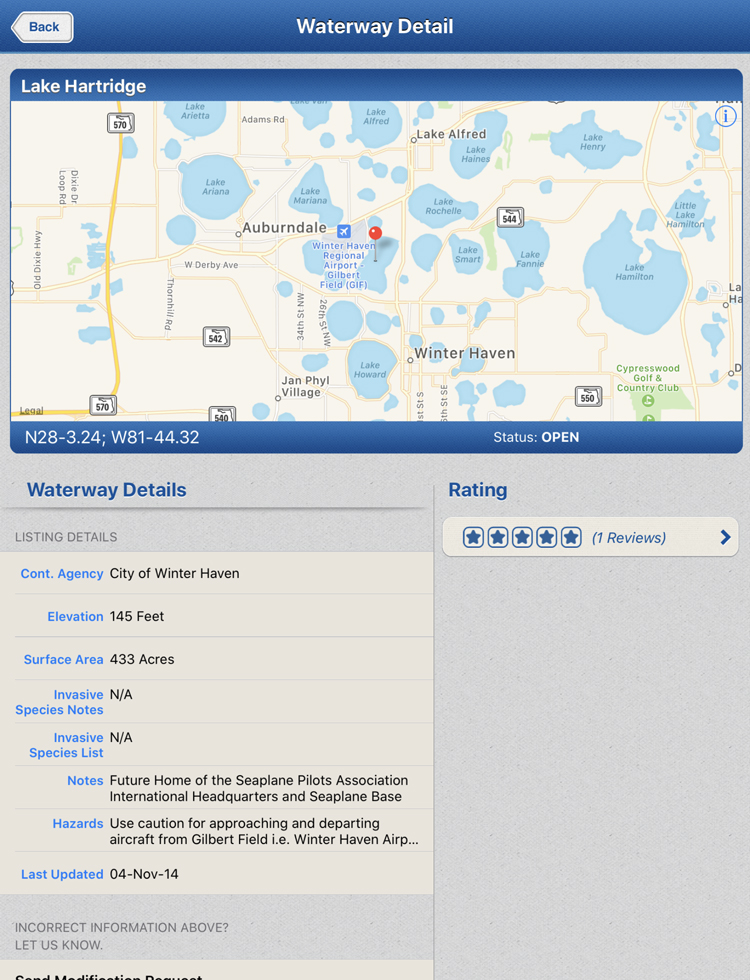
What the Directory Doesn’t Do: AIS Compliance Limitations
The directory thoughtfully informs pilots about waterways affected by Aquatic Invasive Species (AIS), such as zebra mussels or Eurasian watermilfoil, which can wreak havoc on ecosystems and boating infrastructure.
However, the SPA Water Landing Directory is not a legally mandated AIS compliance mechanism. It:
- Does not provide real-time AIS inspection or infestation status alarms.
- Lacks integration with official state or federal AIS tracking/reporting systems.
- Does not certify AIS inspections, cleanings, or treatments.
- Cannot legally replace mandatory AIS protocols enforced by local, state, or federal bodies.
Pilots must always follow inspection, cleaning, and reporting requirements from regional authorities before launching on AIS-affected waters. This typically involves:
- Cleaning watercraft and gear of all vegetation or debris.
- Draining water-holding components.
- Drying equipment for prescribed time periods.
- Stopping at certified AIS inspection stations.
The directory’s listing of AIS conditions serves as an awareness tool to caution pilots, but compliance demands active engagement with official channels and adherence to laws designed to protect our waterways from invasive species.
Why AIS Compliance Is More Than a Recommendation?
AIS threatens the integrity of North America’s waterways and wildlife. These invasive species:
- Destroy native aquatic plants and fish habitats.
- Clog waterways, affecting watercraft navigation.
- Are costly to control, running into billions annually.
- Can close lakes or rivers temporarily, restricting recreation and transport.
States like Michigan, Washington, and those around the Great Lakes have some of the strictest AIS rules. These rules require mandatory decontamination and inspection at entry points, documented cleaning procedures, and fines for violators. Since seaplanes land on multiple water bodies, pilots are especially responsible for preventing AIS spread.
Following AIS compliance isn’t just a legal checkbox, but an ethical commitment to preserving our flying playgrounds for future generations.
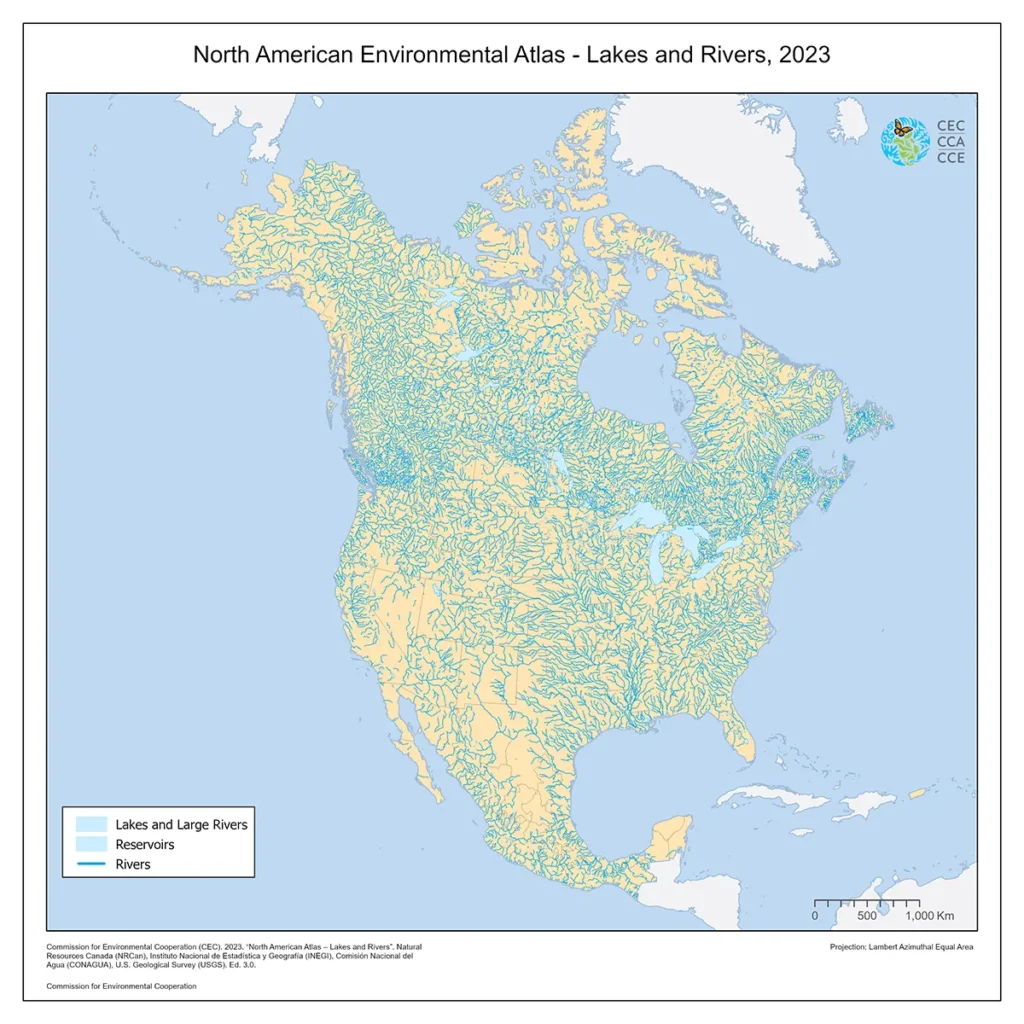
Additional Tips for Using the Directory and Enhancing Safety
- Pair with Weather and Airspace Apps: Check weather trends, NOTAMs, and airspace restrictions alongside water landing data.
- Confirm Permissions and Courtesy: Some waterways may be on private property or protected lands — always respect local rules and seek permission if needed.
- Continuous Education: SPA regularly offers safety seminars and training workshops—attend to keep your skills razor-sharp.
- Use the Directory before Every Flight: Waterway conditions can change quickly due to weather or policy changes. The dynamic nature of the app means you get the freshest info possible.
- Stay Connected: Tap into SPA’s network of Field Directors; they’re an invaluable source of local knowledge and assistance in case of emergencies or disputes.
What is “AIS for AIS”? Fusing Compliance Tech and Aircraft Tracking
Best AIS Cleaning & Decon Supplies for Aviation (2025 Review)
Managing Your Fleet: A B2B Guide to AIS Compliance for Tour Operators
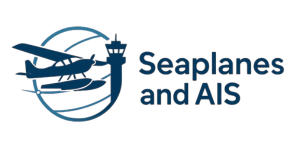
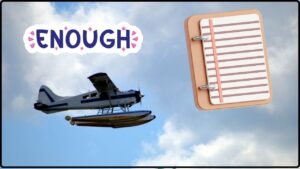


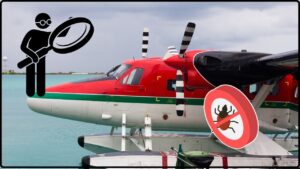
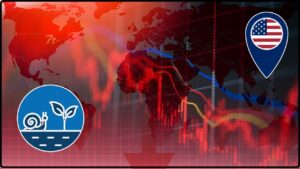



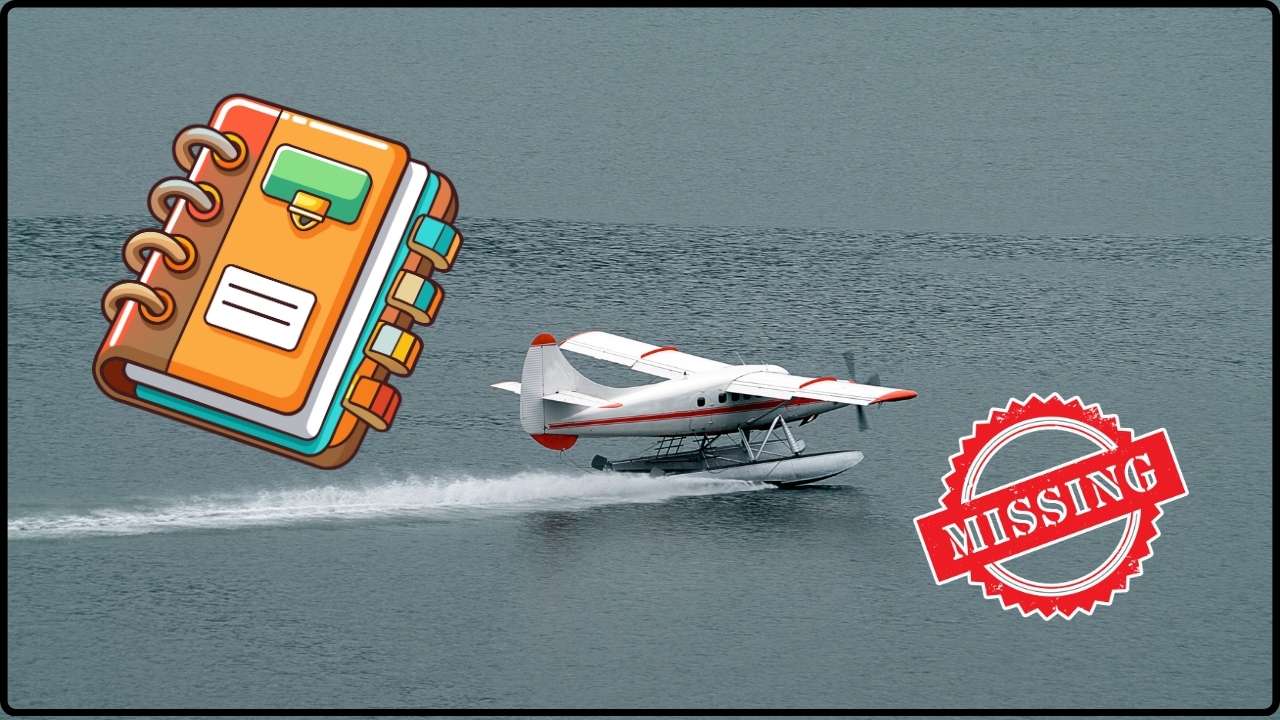

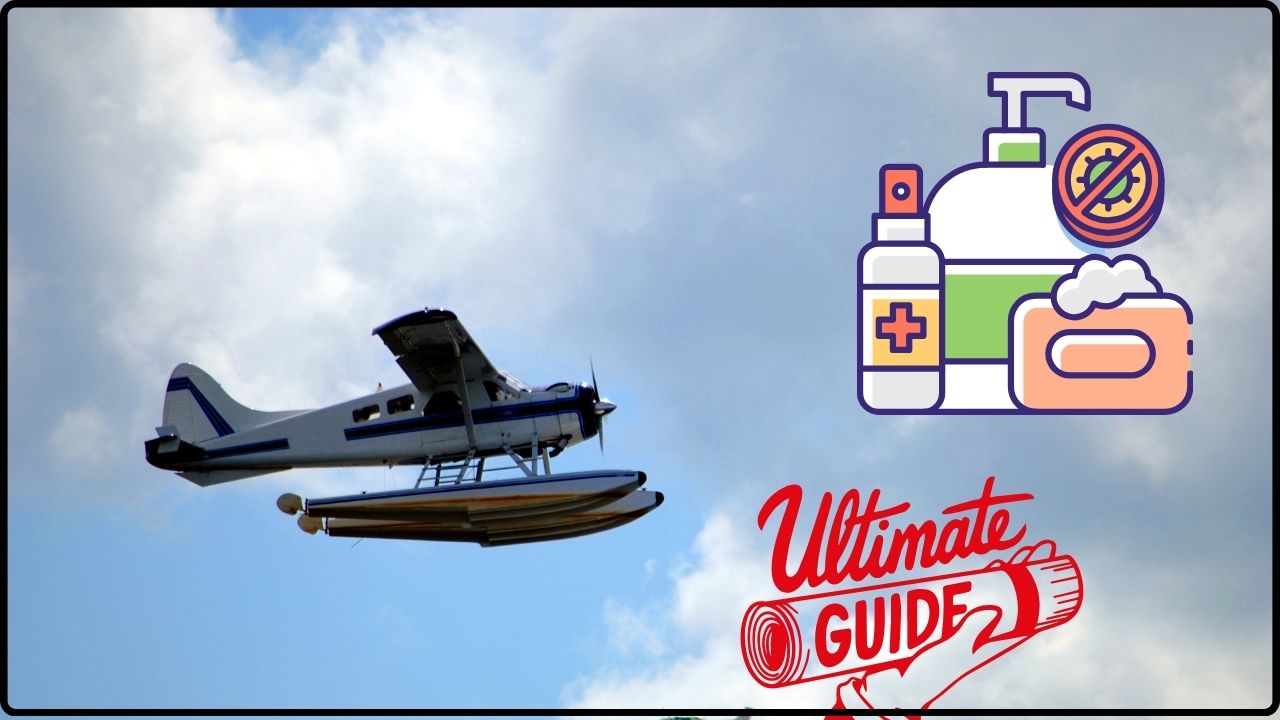


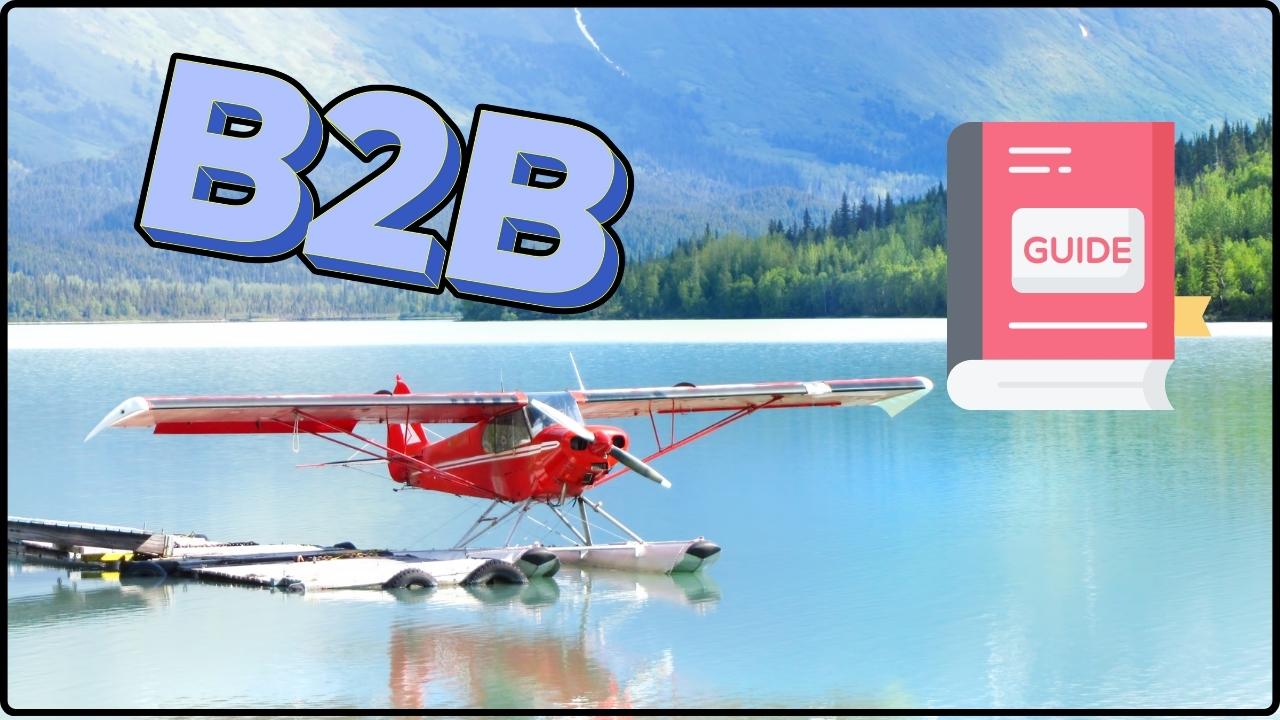
![Case Study: How [Lake Association] Partners with Pilots to Stop AIS](https://seaplanesandais.com/wp-content/uploads/2025/11/Case-Study-How-Lake-Association-Partners-with-Pilots-to-Stop-AIS.jpg)
